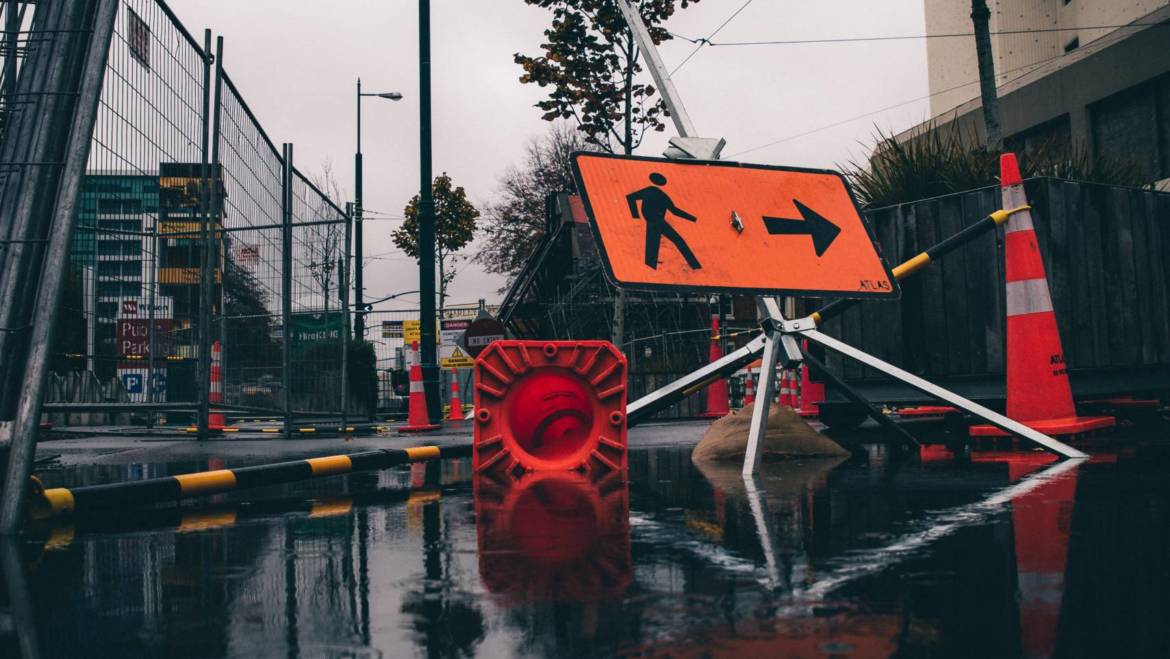When you think of water seeping into your home, the first thing you think of is probably a flood.
But there are many more common causes of water backup, and they can get just as costly.
In fact, on average, water backup claims are the third most costly types of home insurance claims, after fires and liability claims. Additionally, basic home coverage doesn’t always cover these types of incidents. For starters, having coverage against flood damage involves purchasing coverage from a federal flood insurance program. But, more common water damage incidents often involve specialized coverage, too.
Water, water everywhere
First, let’s talk about water damage itself. This most commonly occurs when a drain, a sewer or a gutter backs up, or a pump fails, forcing water into your home. This could stem from a heavy rain, debris causing a clog, or even root invasion from your yard outside. The resulting water damage from such an occurrence is most likely to take place in a basement (roughly two-thirds of water backup events do), so one thing to consider right away is whether or not you have valuables stored there. If so, you have an increased risk of a costly insurance claim, especially if you happen to have a finished basement. In fact, claims involving finished basements are, on average, 65 percent more costly than those in unfinished basements.
However, water backup isn’t confined just to basements. Considering that your house is surrounded by water circulating through pipes and drains, this damage can occur on any floor. Thus, it’s important to have some level of water backup coverage on your home. Your independent agent can help you assess your risks and determine the amount that’s right for you.
Call for backup
Because water backup can vary in size and severity, good water backup coverage should be flexible and affordable.
Getting dry
If you do suffer a water backup incident, some simple steps can help minimize the damage.
Remove any standing water as soon as possible. This will help stem any potential structural damage to your home.
Dry anything that has absorbed the water – especially carpets and rugs – to prevent mold growth.
Hire a water mitigation vendor in your area to professionally treat the damage promptly. Your independent insurance agent can help you find someone if needed.
This blog is brought to you by our provider, Hanover Insurance. Read the original blog here.

